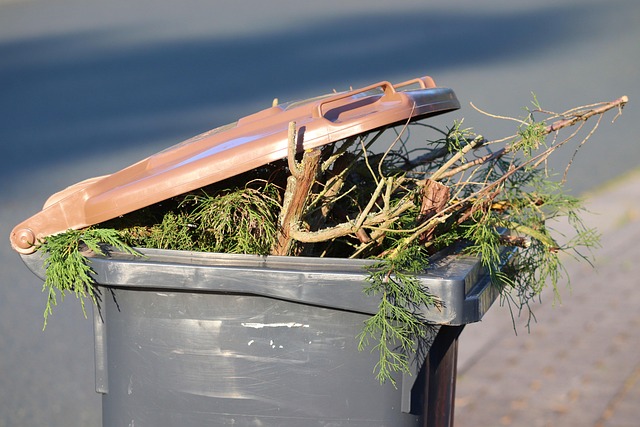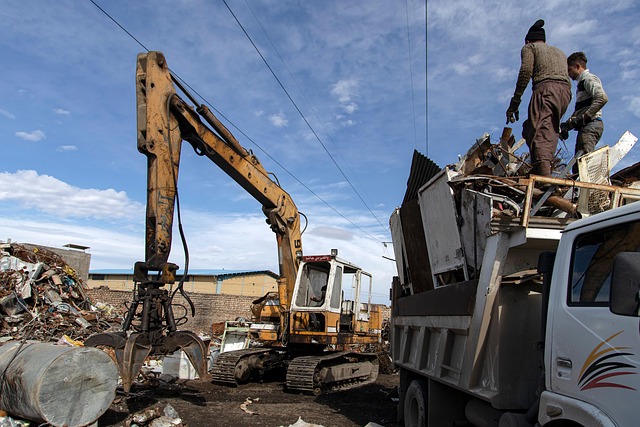When we talk about making our gardens greener, we often think of planting more trees, using natural pesticides, or conserving water. Yet one of the most powerful yet simple practices is turning kitchen scraps and yard waste into a nutrient‑rich soil amendment. This process, known as biodegradation, transforms organic matter through the work of microbes, fungi, and earthworms into compost that feeds plants, enriches the soil, and reduces waste. Understanding the science and practice of biodegradation not only benefits individual gardens but also contributes to a healthier planet.
The Science Behind Biodegradation in Compost
Biodegradation in compost occurs as a series of biochemical reactions carried out by microorganisms such as bacteria and actinomycetes, along with decomposer organisms like earthworms. These agents break down complex organic compounds into simpler molecules, releasing heat and gases in the process. The result is a stable, dark, crumbly material that retains moisture, stores nutrients, and improves soil structure.
- Thermophilic Phase: High temperatures (55–70 °C) kill pathogens and accelerate the decomposition of readily available sugars and starches.
- Cooling Phase: As the temperature drops, mesophilic organisms take over, further decomposing fibers such as cellulose.
- Maturation: Over weeks to months, the material stabilizes, producing a product rich in nitrogen, phosphorus, potassium, and micronutrients.
Choosing the Right Materials for Composting
Biodegradation thrives on a balanced mix of “green” and “brown” materials. Greens are nitrogen‑rich and moist—examples include fruit peels, vegetable scraps, and fresh grass clippings. Browns are carbon‑rich and dry—such as dried leaves, straw, shredded newspaper, and small branches. A good rule of thumb is a 3:1 carbon to nitrogen ratio, which promotes efficient microbial activity without generating unpleasant odors.
“The key to successful composting is diversity,” notes Dr. Elena Marquez, a soil microbiologist. “A variety of substrates supports a robust microbial community that can handle different waste types.”
Avoid adding meat, dairy, or oily foods, as they can attract pests and slow the composting process. Similarly, steer clear of plastic, metals, or chemicals, which do not biodegrade and can contaminate the finished product.
Practical Steps to Start Your Compost
Starting a compost pile or bin is straightforward, but attention to detail ensures the biodegradation process runs smoothly. Below is a step‑by‑step guide that blends science with practicality.
- Choose a Location: Place your compost bin or pile in a shaded, well‑ventilated area with easy access to water.
- Build the Base: Lay a layer of coarse wood chips or twigs to create drainage and airflow.
- Add Greens and Browns: Alternate layers of green and brown materials, roughly 10–15 cm thick.
- Maintain Moisture: Aim for the moisture level of a wrung‑out sponge; too dry and microbes stall, too wet and you get anaerobic conditions.
- Turn the Pile: Every 4–6 weeks, use a pitchfork or compost aerator to mix the contents, exposing fresh material to air.
- Monitor Temperature: Use a compost thermometer to track heat; a range of 55–70 °C indicates active biodegradation.
- Harvest: After 3–6 months, the material should look dark, crumbly, and smell earthy. Sift out any remaining large particles before using it in beds or containers.
Common Challenges and How to Overcome Them
Even experienced gardeners sometimes encounter obstacles that stall biodegradation. Below are typical issues and their remedies.
- Odor: A rotten smell often signals anaerobic conditions. Increase aeration and add more browns.
- Slow Decomposition: If the pile stays cool, mix more greens or introduce a starter material rich in nitrogen, such as fresh grass clippings.
- Pest Infestation: Pigeons or raccoons may be attracted to food scraps. Cover the pile with a breathable mesh or store the bin in a fenced area.
- Inconsistent Moisture: Use a dampness meter or simply press the pile; it should feel like a damp sponge. Add water if too dry or compost tea if too wet.
Benefits of Composting for Your Garden and the Planet
Biodegradation through composting offers a cascade of environmental benefits:
- Soil Health: Compost improves soil structure, increases water retention, and introduces beneficial microorganisms.
- Reduced Waste: Composting diverts kitchen and yard waste from landfills, cutting methane emissions associated with anaerobic decomposition.
- Carbon Sequestration: By incorporating organic matter into the soil, compost helps lock carbon underground, mitigating atmospheric CO₂.
- Lower Fertilizer Demand: With a natural source of nutrients, gardeners rely less on synthetic fertilizers that can leach into waterways.
- Enhanced Biodiversity: A healthy soil ecosystem supports a wide range of life—from microbes to pollinators—contributing to resilient ecosystems.
Innovations in Composting Technology
While backyard piles remain popular, technology is expanding the reach and efficiency of biodegradation. Some of the most promising developments include:
- Compost Turners: Motorized or electric devices that automate turning, ensuring consistent aeration without manual labor.
- Bioreactors: Controlled‑environment units that maintain optimal temperature and moisture, shortening composting time to weeks.
- Smart Sensors: IoT‑enabled devices that monitor pH, moisture, and temperature, sending alerts to smartphones when conditions deviate.
- Thermal Composters: Systems that use captured heat from industrial processes or solar panels to sustain the thermophilic phase.
These tools make biodegradation more accessible, especially for urban dwellers or large‑scale farms that require quick, reliable compost production.
Community Composting and Shared Resources
Many cities now host community composting programs that collect food scraps from households and businesses. Residents can drop off their greens at designated centers, and the resulting compost is often redistributed to local gardens, parks, or sold to the public. Such initiatives reduce landfill usage and foster a sense of collective stewardship.
“Community composting turns individual waste into a communal resource,” says Maya Patel, coordinator of the Green City Initiative. “It’s a tangible way residents see the direct impact of their actions.”
Neighborhood cooperatives can also organize shared compost bins, rotating responsibility for turning and maintenance. This not only spreads the workload but also strengthens social bonds and shared ecological responsibility.
Future Outlook: A Greener World Through Biodegradation
As climate change intensifies and urban populations grow, the role of biodegradation in sustainable agriculture and waste management becomes ever more critical. Advances in microbial genetics may allow us to engineer strains that decompose specific waste types more efficiently. Coupled with policy incentives—such as subsidies for home composters or mandates for commercial waste segregation—these scientific breakthroughs can accelerate the transition to a circular economy.
For gardeners, staying informed about the latest composting practices ensures that the soil beneath their plants remains fertile, resilient, and carbon‑rich. By embracing biodegradation, we not only nurture our gardens but also participate in a global effort to heal the environment, one compost pile at a time.



